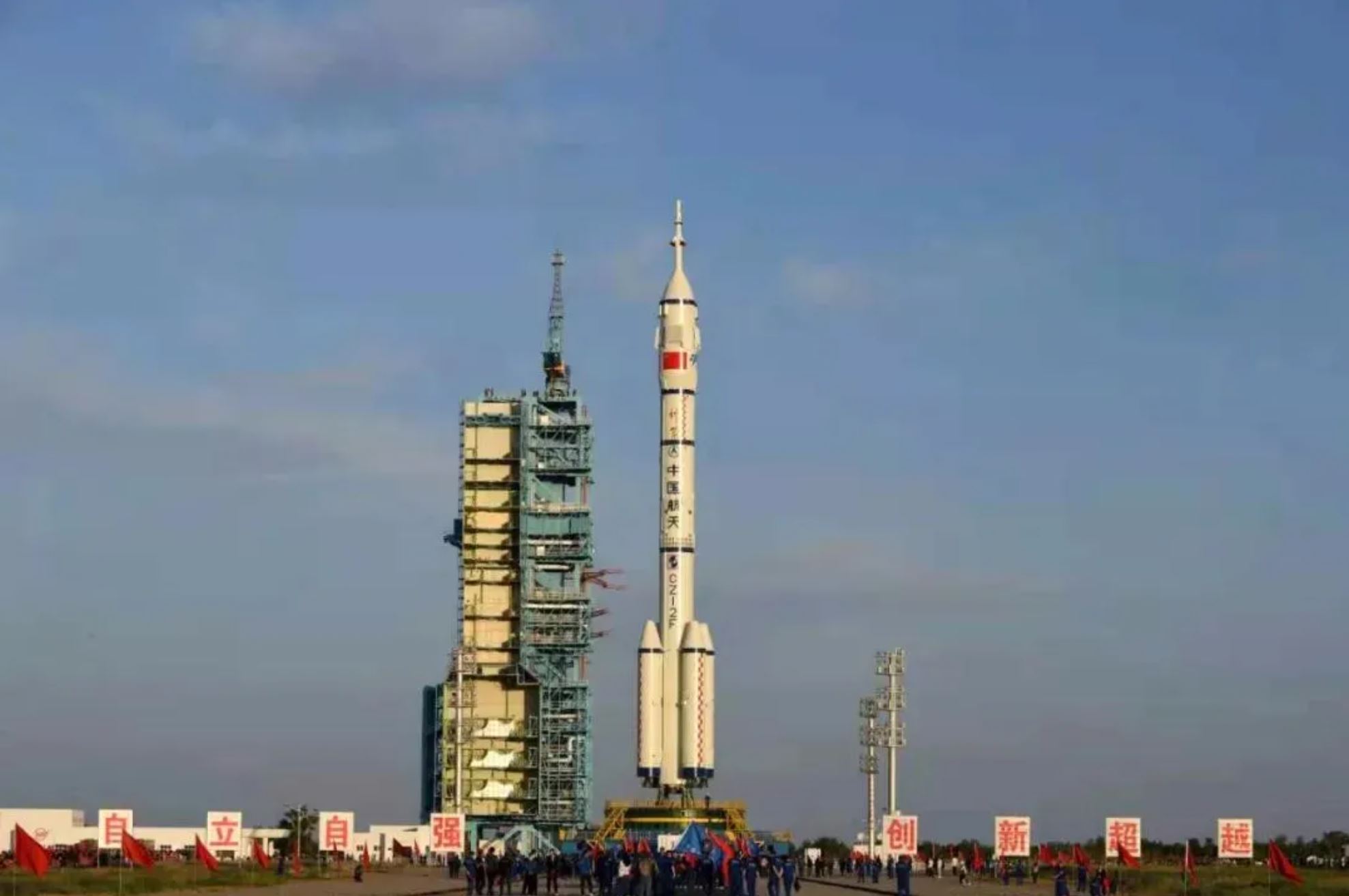
It is less than a decade, since China put a human being into orbit, for the first time, and only three years, since its first spacewalk. It is testament to how quickly the country’s space programme has grown that, now Tiangong, or Heavenly Palace, is now the second manned space station, to explore low orbit Earth.
The project, directed by the Chinese Manned Space Agency (CMSA), is expected to galvanise space exploration.
Space programmes have traditionally been as much about projecting national pride, as scientific research. China however, aims to open its station to the world’s scientists, to the three-man space station. CMSA, hopes to keep the station continuously inhabited, for at three decades www.space.com.
Once on board, crews, selected in 2020, who will be in space for six months at a time, will carry out experiments, from astronomy, space medicine and life sciences, microgravity, combustion, to fluid physics and space technologies.
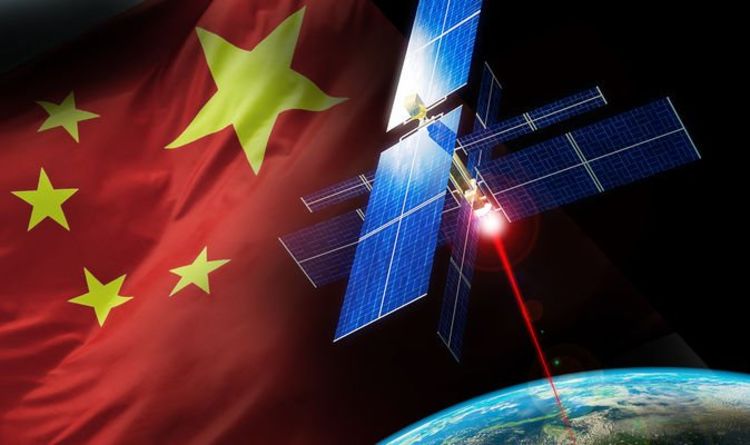
The 18 astronauts, 17 men and one woman, include seven aviators from the People’s Liberation Army Air Force, who will pilot the spacecraft. There will be seven spaceflight engineers, and researchers or technicians in aeronautics, astronautics, and similar fields.
Four will be mission payload specialists, and were selected from applicants involved in space science, and to China’s piloted space programme.
According to a report in China Daily, before this new selection, China had 21 astronauts from two recruiting rounds. Among them, 11 have flown six space missions.
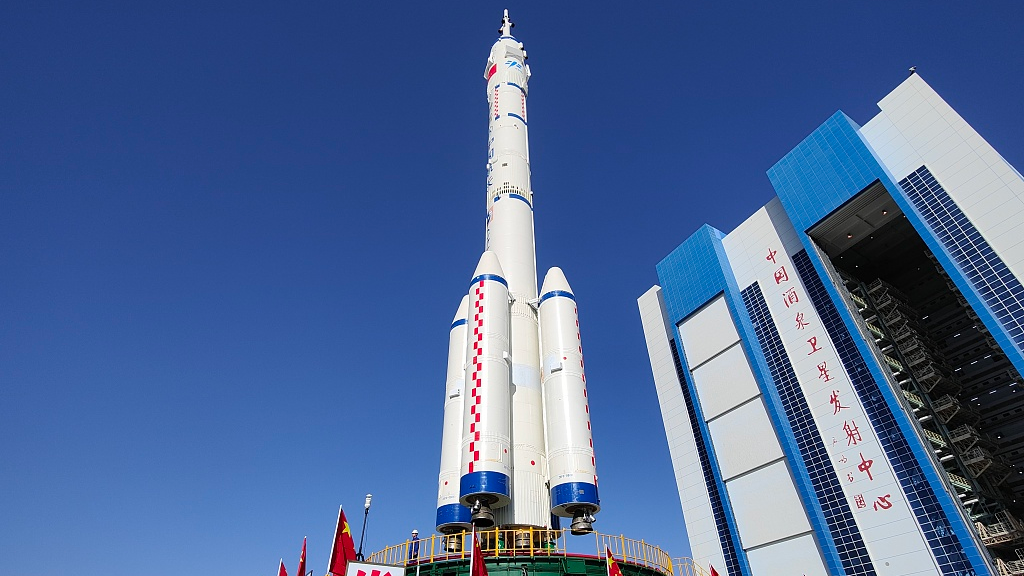
The 18 astronauts were selected in 2018, after a process that included 2,500 applicants.
Like the International Space Station (ISS), you should be able to spot Tiangong with a naked eye, as a bright dot, as it passes over your area. It will orbit at an altitude of between 211 and 280 miles (340 to 450 kilometers) above Earth, and between 43 degrees north and south, and the space station should be a fixture in the sky for at least a decade.
Chinese Lunar Exploration Programme
China Aerospace Science and Technology Corporation (CASC) reported in August, that it is also working around the clock to send human beings to the Moon by around 2030.
The spokesperson of CASC made the announcement after a record 103 consecutive successful launches of satellites, into space, using the carrier rocket, name the long march, to commemorate an important in China’s history, Chairman Mao Zedong long march. 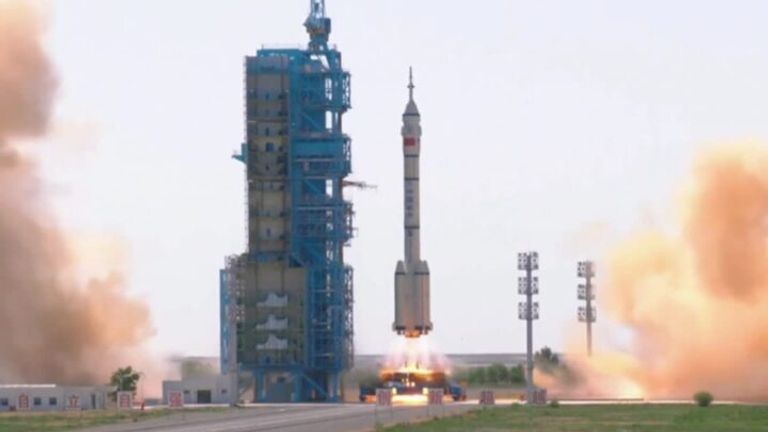
The Long March 2D carrier by the Shanghai Academy of Spaceflight Technology, a subsidiary of CASC, also referred to as Eighth Academy of CASC will be upgraded to be able to carry payloads of 50 tons to the Earth-Moon transfer orbit on completion, which will in turn support increased lunar exploration.
Global one upmanship rears its ugly head
China’s assurance of their willingness to share space exploration with the rest of humanity, elicited a response of the type of upmanship reminiscent of the cold war years.
In 2020, a task force made up of 15 Republican members of the United States Congress, drawn from eleven Congressional committees, released a detailed policy blueprint, to counter what they called the growing global threat of the Chinese Communist Party (CCP). The paper, available online, outlined the authors’ belief that the CCP’s aim, to become a space superpower.
“If the PRC [People’s Republic of China] succeeds in its efforts to launch its first long-term space station module in 2022, it will have matched the U.S.’ nearly 40-year progression from first human spaceflight, to first space station module in less than 20 years,” warned the task force, “The CCP is vocal about plans to establish a human base on the moon. The U.S. should be concerned about the technological innovations and leadership role for the CCP that could come from missions crewed by PRC-nationals to the moon.”
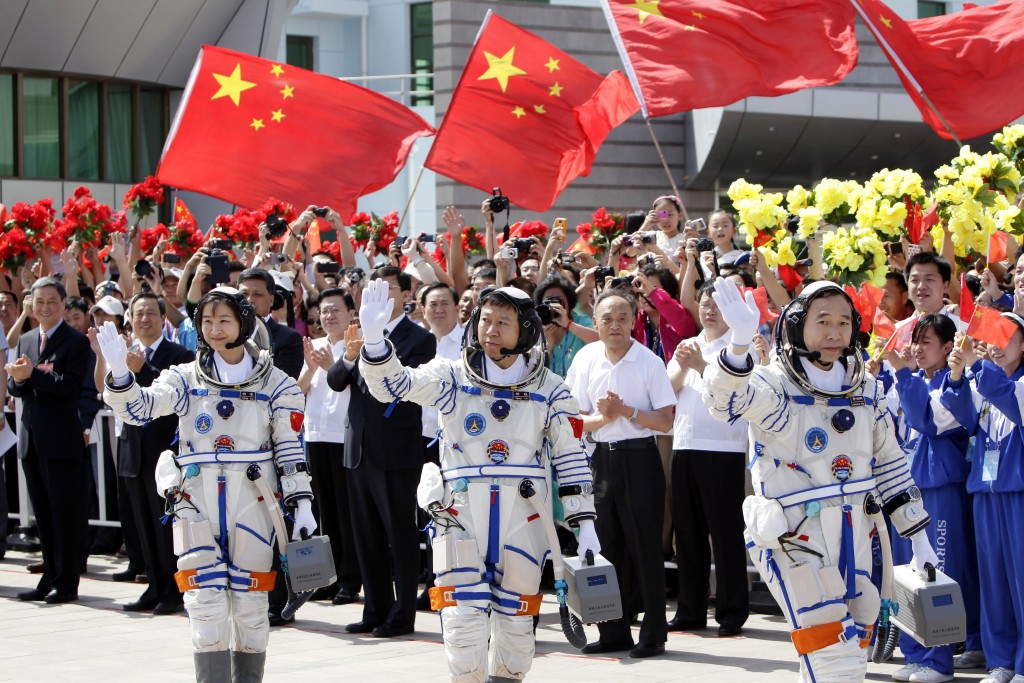
Perhaps spurred on by China’s achievement, the USA is said to seek to send a crewed mission to the moon by 2026, more than half a century, since NASA first successfully sent humans to the moon in December 1972, in the Apollo 17 mission.
In July this year, globaltimes.cn reported that NASA chief, Bill Nelson, has recently warned of a new “space race” with China, claiming that China wants to “occupy the moon”, giving as an example, the lunar research base that China and Russia are co-building, which he is “very concerned about.”
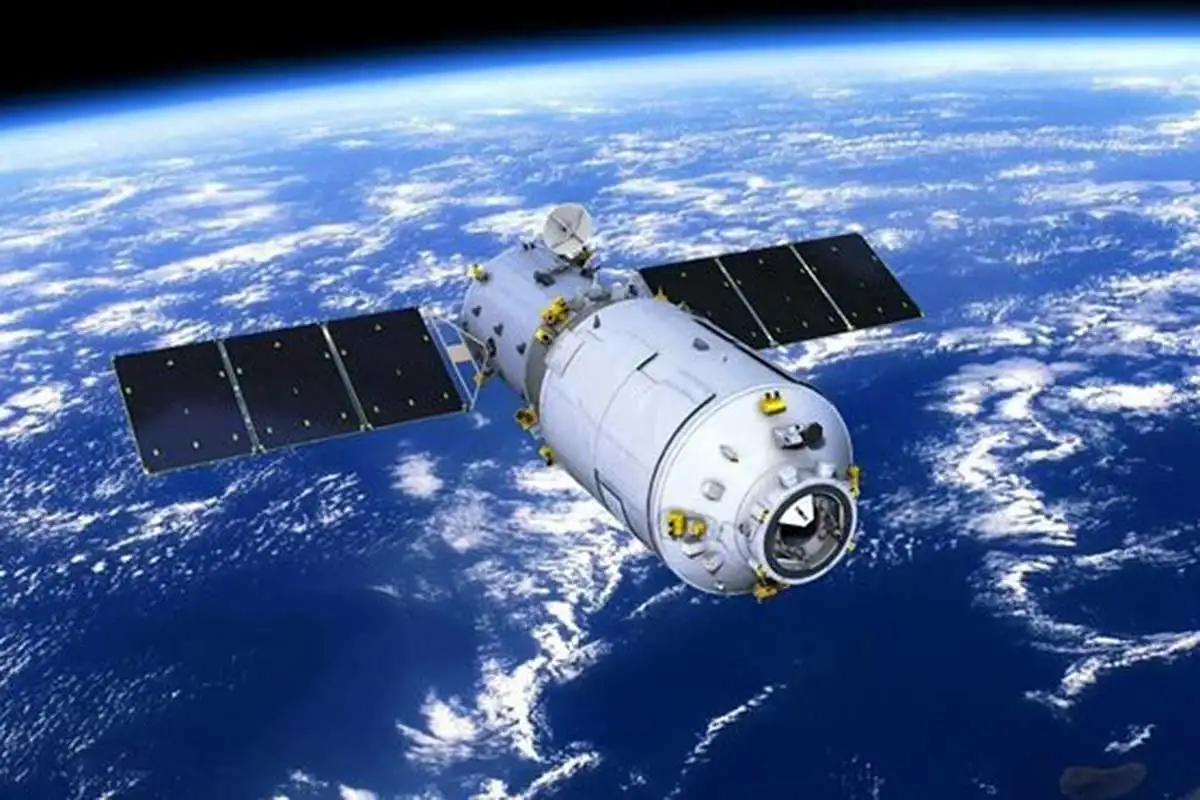
But according to experts in space exploration, this Nelson’s Cold War mentality, does not represent the majority of the American space exploration community. Many of them, see little impediment to working with both China and Russia, and want to seek closer cooperation, especially with a resurgent China.

